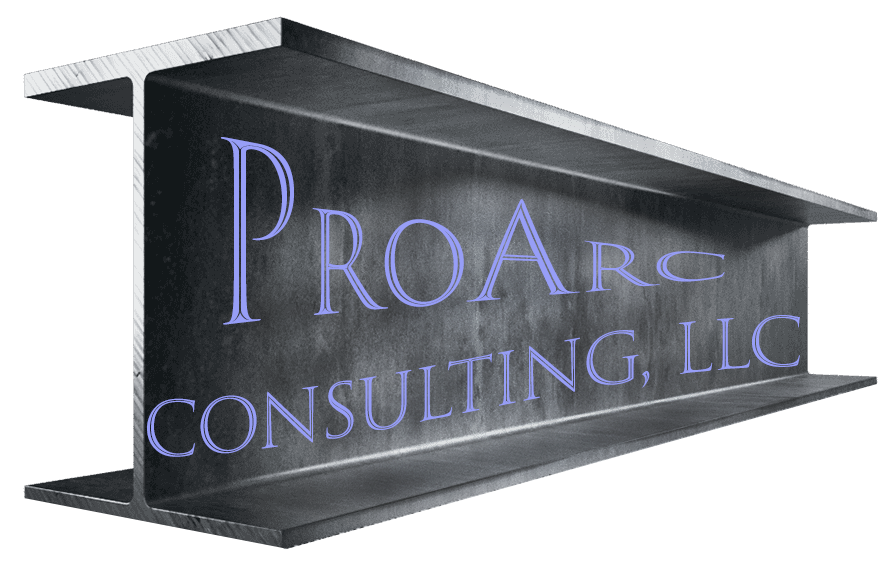In the construction industry, structural integrity is a cornerstone of safety and durability. To ensure that buildings and infrastructure meet required safety standards, inspections play a vital role in verifying that construction practices align with codes and standards. For anyone involved in construction or structural inspection, understanding these codes and their application is crucial.
Navigating construction codes and standards can be complex. With multiple agencies and organizations issuing guidelines, staying compliant requires both knowledge and diligence. This blog will help clarify the landscape of construction codes and standards as they apply to structural inspections and offer practical insights into staying up-to-date with current regulations.
The Role of Codes and Standards in Structural Inspections
Construction codes and standards are designed to ensure public safety by regulating the design, construction, and maintenance of buildings and infrastructure. These codes cover a wide array of topics, including structural integrity, fire protection, seismic resistance, and more. In structural inspections, these codes serve as the benchmark for determining whether construction practices meet the required safety and quality standards.
Building codes are generally developed and enforced by governmental bodies at the local, state, or national levels. These codes lay out minimum safety standards for buildings and structures. Standards, on the other hand, are typically developed by industry organizations such as the American Welding Society (AWS), International Code Council (ICC), and American Society for Testing and Materials (ASTM). While standards may not be legally binding on their own, they are often incorporated into building codes and serve as reference points for inspectors and engineers.
Key Codes and Standards for Structural Inspections
To navigate the world of structural inspections effectively, it’s essential to be familiar with the key codes and standards that govern the industry. Below are some of the most relevant:
1. International Building Code (IBC)
The International Building Code (IBC), published by the International Code Council (ICC), is one of the most widely adopted building codes in the United States. It sets minimum safety standards for structural design, materials, and construction methods. Structural inspectors frequently reference the IBC to ensure that elements like foundations, columns, and load-bearing walls meet safety requirements.
The IBC covers a broad range of topics relevant to structural inspections, including:
- Structural loads and load paths (live loads, dead loads, wind loads, seismic loads)
- Special Inspections
- Steel and concrete construction standards
- Requirements for structural welding and bolting
- Fire-resistance ratings of structural elements
2. American Welding Society (AWS) Standards
For projects that involve welding, AWS standards are critical. One of the most important is AWS D1.1: Structural Welding Code – Steel, which provides comprehensive guidelines on welding practices for steel structures. This standard covers welding procedures, quality assurance protocols, and inspection criteria, making it essential for inspectors who specialize in structural welding.
Other relevant AWS standards include:
- AWS D1.3: Structural Welding Code – Sheet Steel
- AWS D1.4: Structural Welding Code – Reinforcing Steel
- AWS D1.5: Bridge Welding Code
- AWS D1.8: Structural Welding Code – Seismic Supplement
These standards help ensure that welding practices meet industry requirements and prevent common defects that can compromise structural integrity.
3. ACI 318: Building Code Requirements for Structural Concrete
The American Concrete Institute (ACI) publishes the ACI 318 standard, which governs the design and construction of structural concrete. Inspectors who work on projects involving reinforced concrete rely on ACI 318 to ensure that concrete elements, such as beams, columns, and slabs, are properly designed and constructed.
Key areas covered by ACI 318 include:
- Minimum concrete strength requirements
- Reinforcement detailing
- Load-bearing capacity
- Durability considerations
Inspectors must ensure that concrete structures comply with these standards to prevent failures like cracking or collapse.
4. ASTM International Standards
ASTM International develops and publishes a wide range of standards related to construction materials, testing methods, and procedures. For structural inspectors, ASTM standards provide critical guidance on the quality of materials used in construction, such as steel, concrete, and welds.
Some ASTM standards relevant to structural inspections include:
- ASTM A36/A36M: Standard Specification for Carbon Structural Steel
- ASTM C94/C94M: Standard Specification for Ready-Mixed Concrete
- ASTM E329: Standard Specification for Agencies Engaged in Testing and Inspection of Materials
By adhering to ASTM standards, inspectors can ensure that the materials used in construction meet the necessary quality requirements and perform as expected under load conditions.
5. Seismic and Wind Codes
In regions prone to earthquakes or high winds, additional standards must be followed to ensure that structures can withstand environmental forces. These include:
- ASCE 7: Minimum Design Loads for Buildings and Other Structures (published by the American Society of Civil Engineers)
- FEMA P-1050: NEHRP Recommended Seismic Provisions for New Buildings and Other Structures (published by the Federal Emergency Management Agency)
These standards specify how structures should be designed and inspected to handle seismic and wind loads. Inspectors in seismic or hurricane-prone areas must pay close attention to these codes to ensure safety and compliance.
The Inspection Process: Ensuring Compliance with Codes and Standards
Understanding the codes and standards is just the first step in structural inspection. The next step is the actual inspection process, which verifies that construction practices meet the relevant codes. Here’s an overview of how inspectors typically ensure compliance:
1. Pre-Inspection Planning
Before an inspection begins, inspectors should familiarize themselves with the project’s design documents, including blueprints, material specifications, and welding or concrete procedures. This review helps the inspector understand the scope of the project and identify critical areas that require close attention.
2. On-Site Inspections
During on-site inspections, structural inspectors examine key components to verify compliance with codes and standards. Inspections may include:
- Verifying that welding procedures match those outlined in AWS standards
- Checking that structural steel connections meet IBC requirements
- Ensuring concrete pours follow ACI 318 guidelines, including testing concrete strength and confirming reinforcement placement
- Assessing the quality and placement of structural bolts and fasteners according to ASTM specifications
3. Non-Destructive Testing (NDT)
In some cases, non-destructive testing (NDT) methods, such as ultrasonic testing, radiography, or magnetic particle inspection, are used to evaluate the integrity of welds or materials without damaging the structure. NDT is especially important for high-stakes projects like bridges or high-rise buildings, where failures could have catastrophic consequences.
4. Documentation and Reporting
After the inspection is completed, detailed documentation is critical. Inspectors must produce reports that outline the findings, note any deficiencies, and recommend corrective actions if needed. These reports are often reviewed by engineers, contractors, and regulatory authorities to ensure that all aspects of the project meet the required codes and standards.
Staying Up-to-Date with Changing Codes
Codes and standards are not static—they evolve over time to reflect new technologies, materials, and construction practices. Inspectors and construction professionals must stay up-to-date with the latest editions of relevant codes and standards to remain compliant.
The best way to stay current is through continuing education and certification renewals. Organizations like the ICC, AWS, and ACI offer courses, webinars, and seminars to help professionals stay informed about changes in codes and standards.
Conclusion
Navigating construction codes and standards for structural inspections can seem overwhelming, but it’s an essential part of ensuring safety and compliance in construction projects. By familiarizing yourself with key codes like the IBC, AWS standards, ACI 318, and ASTM specifications, and understanding how to apply them during inspections, you can ensure that your projects meet the highest standards of quality and safety. Regularly updating your knowledge through continued education and training will keep you ahead of regulatory changes and ensure that your inspections remain thorough and effective.


Leave a Reply